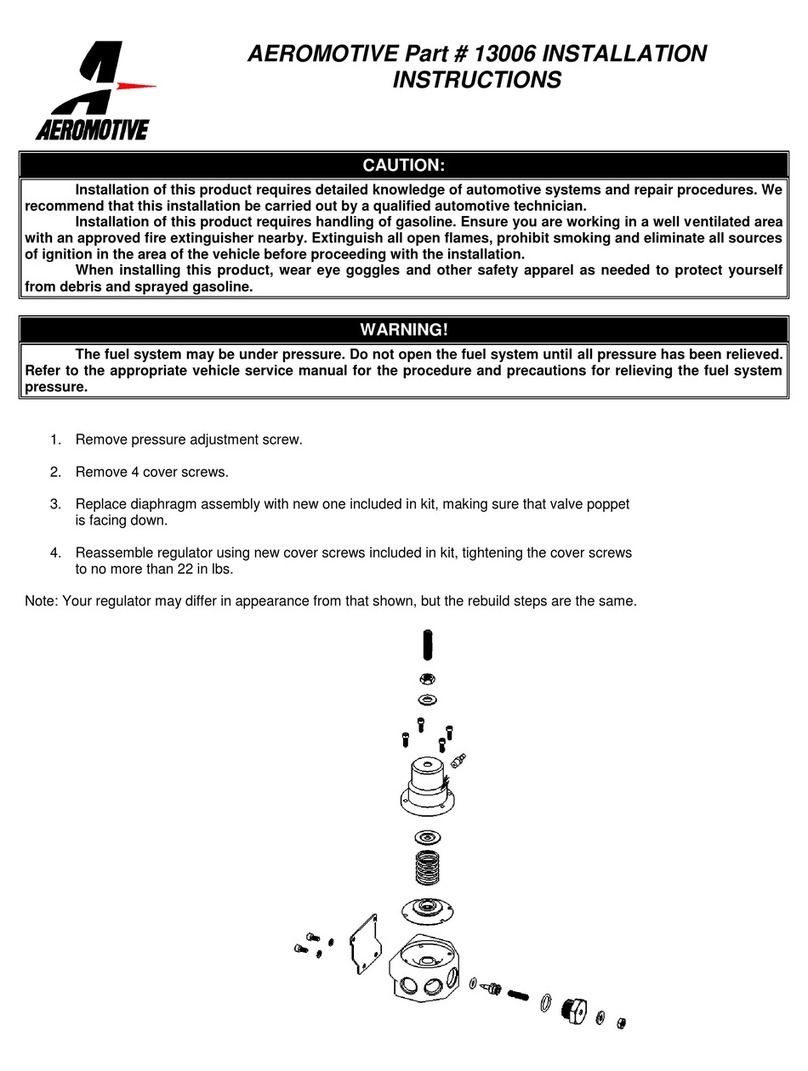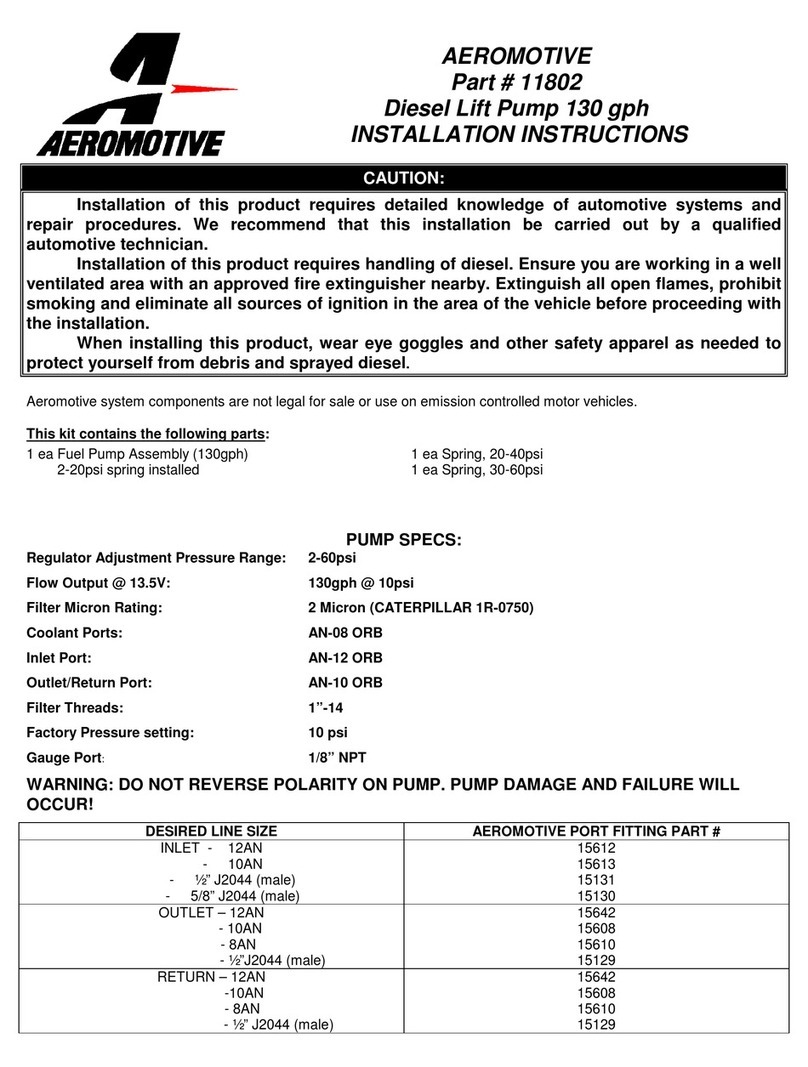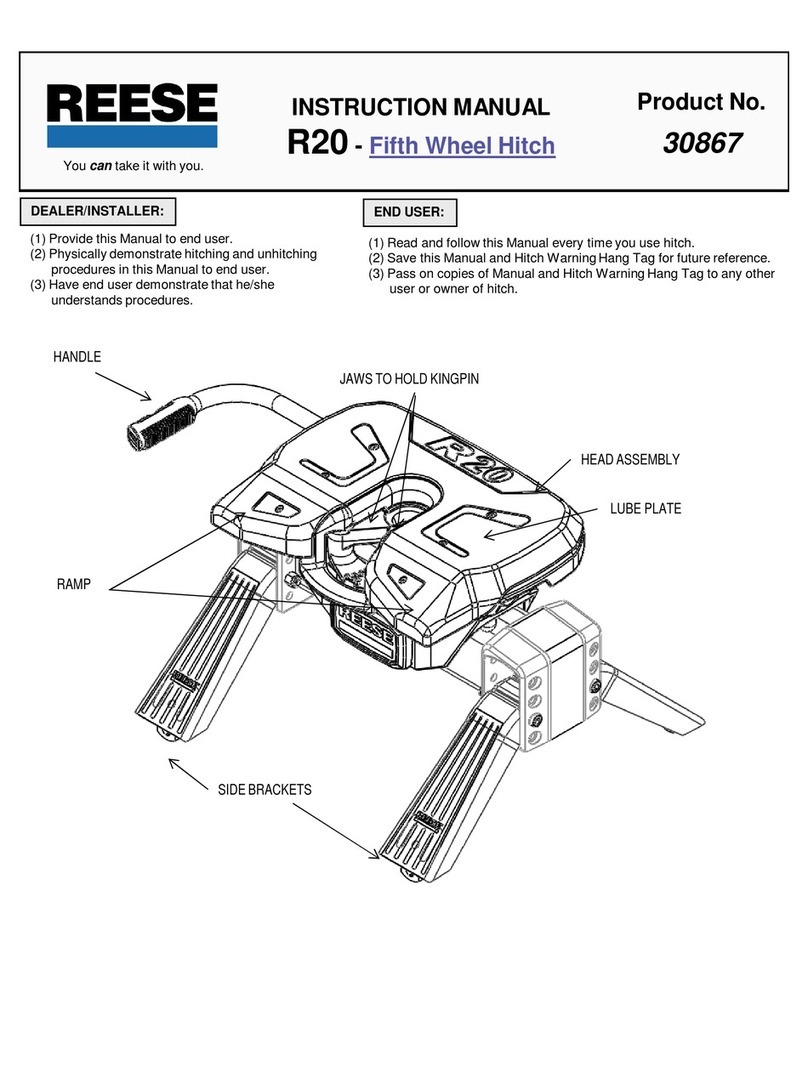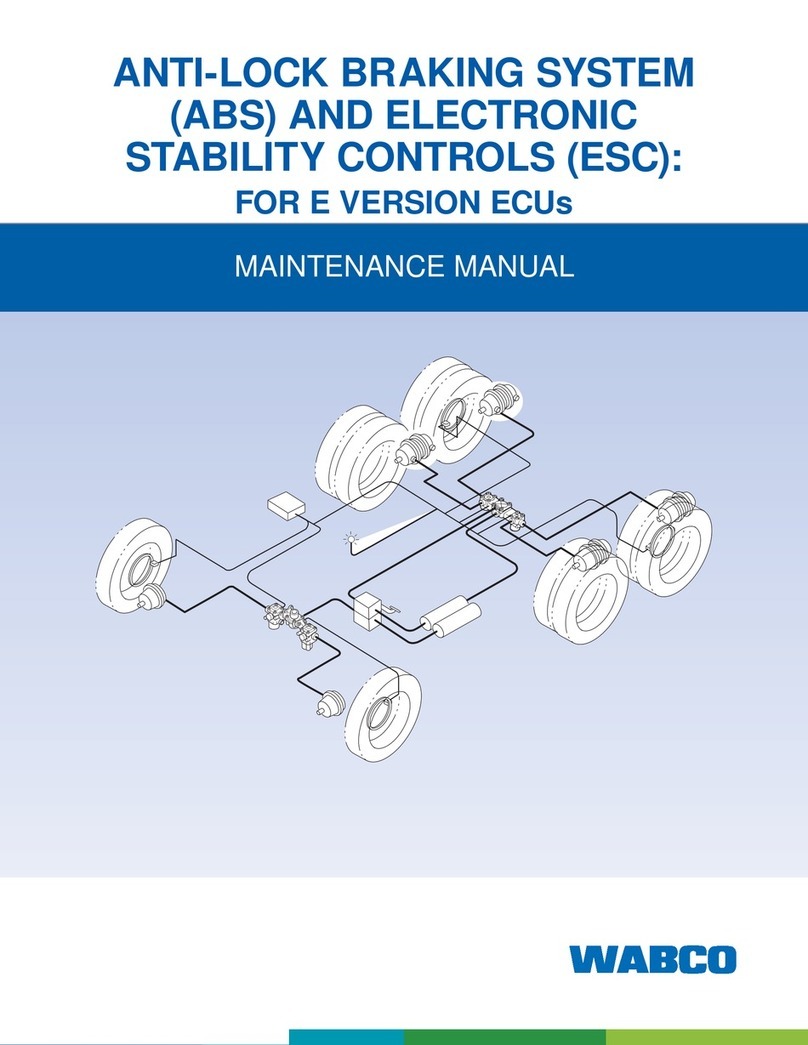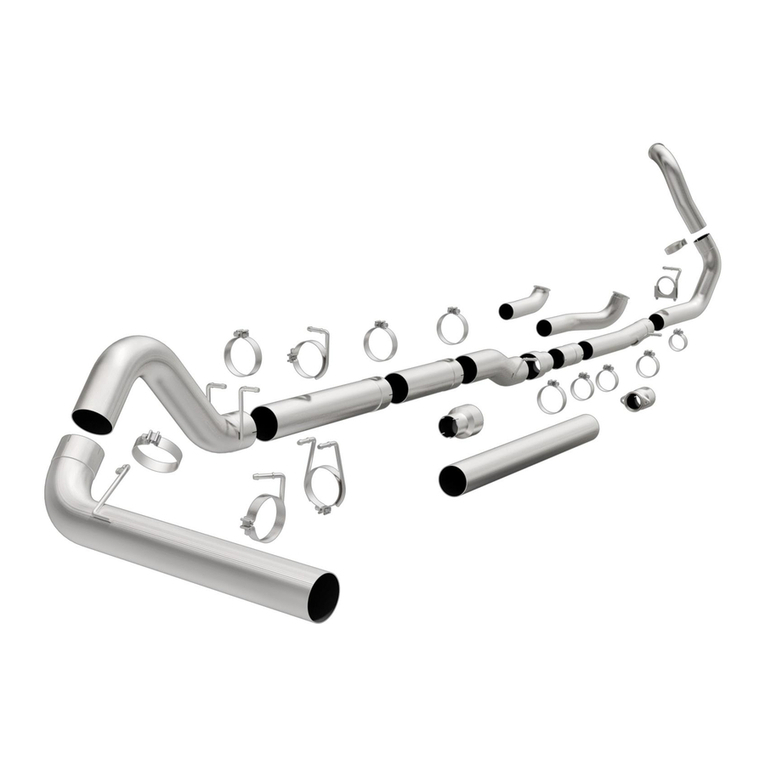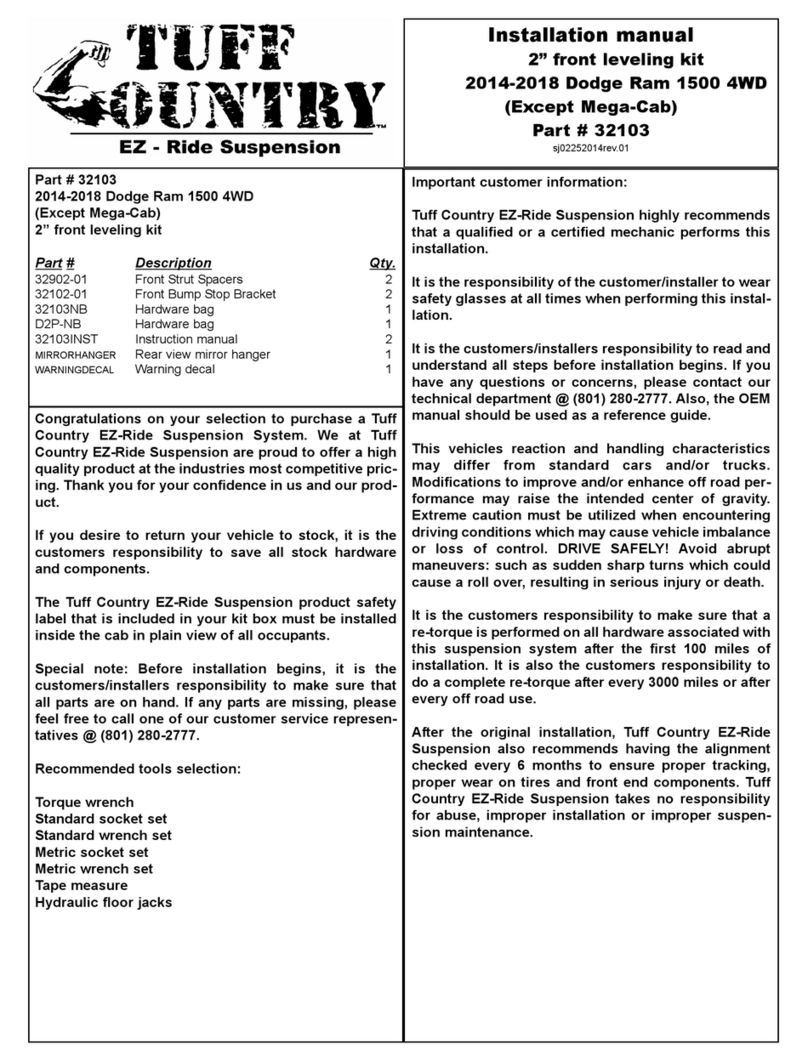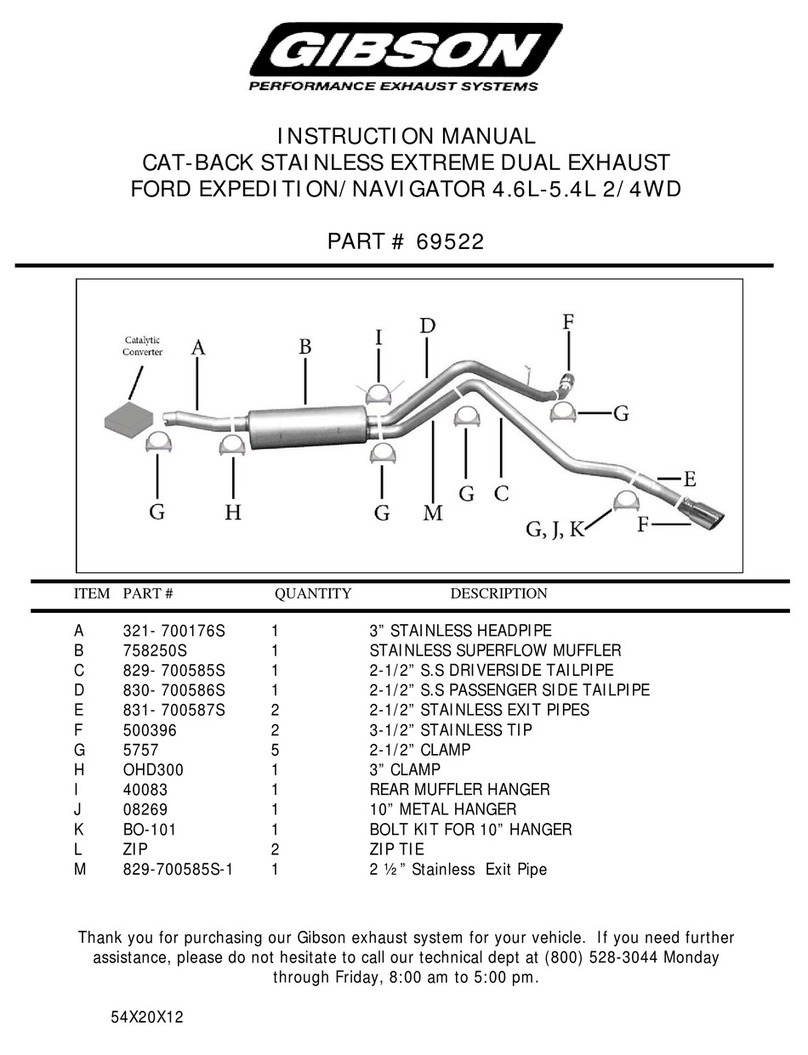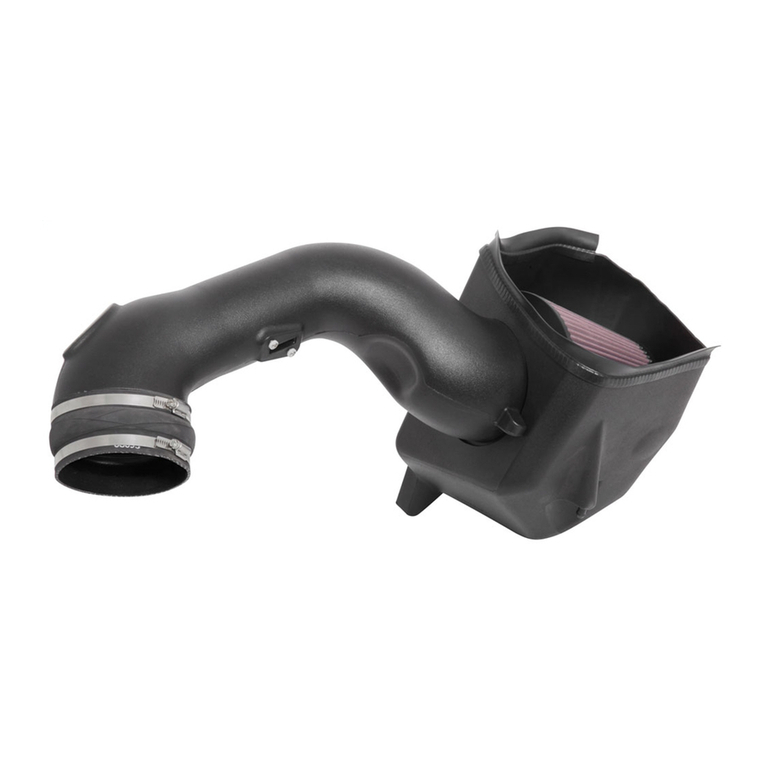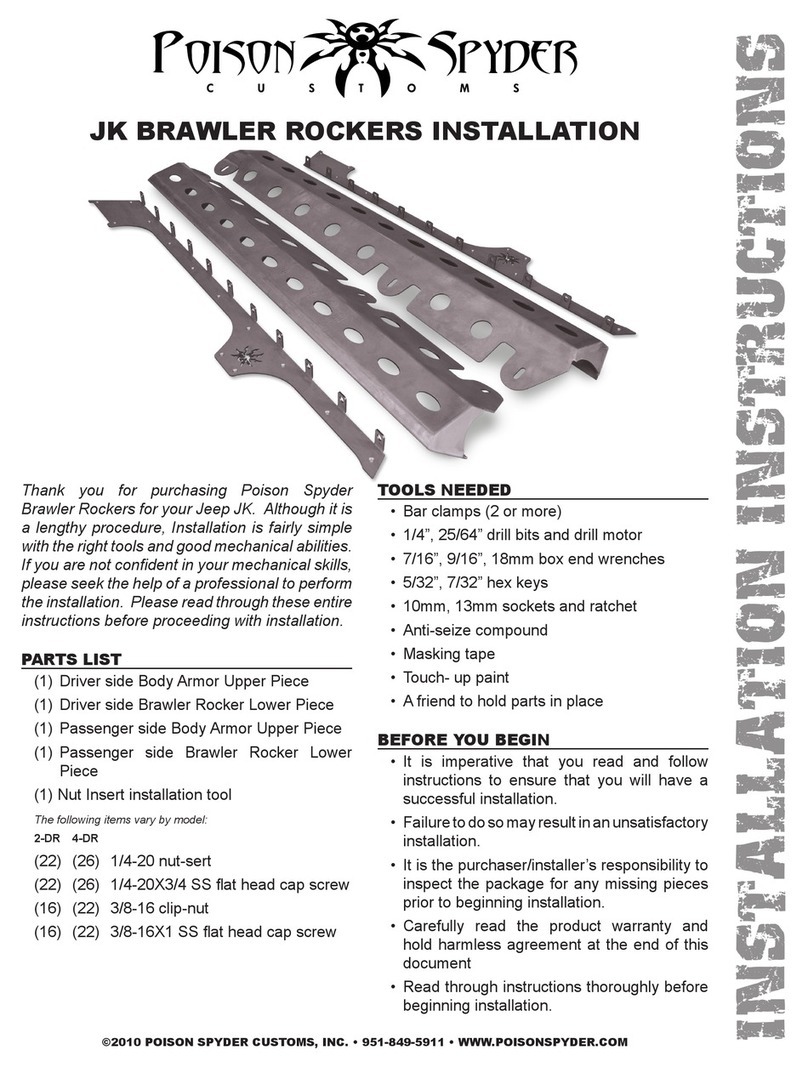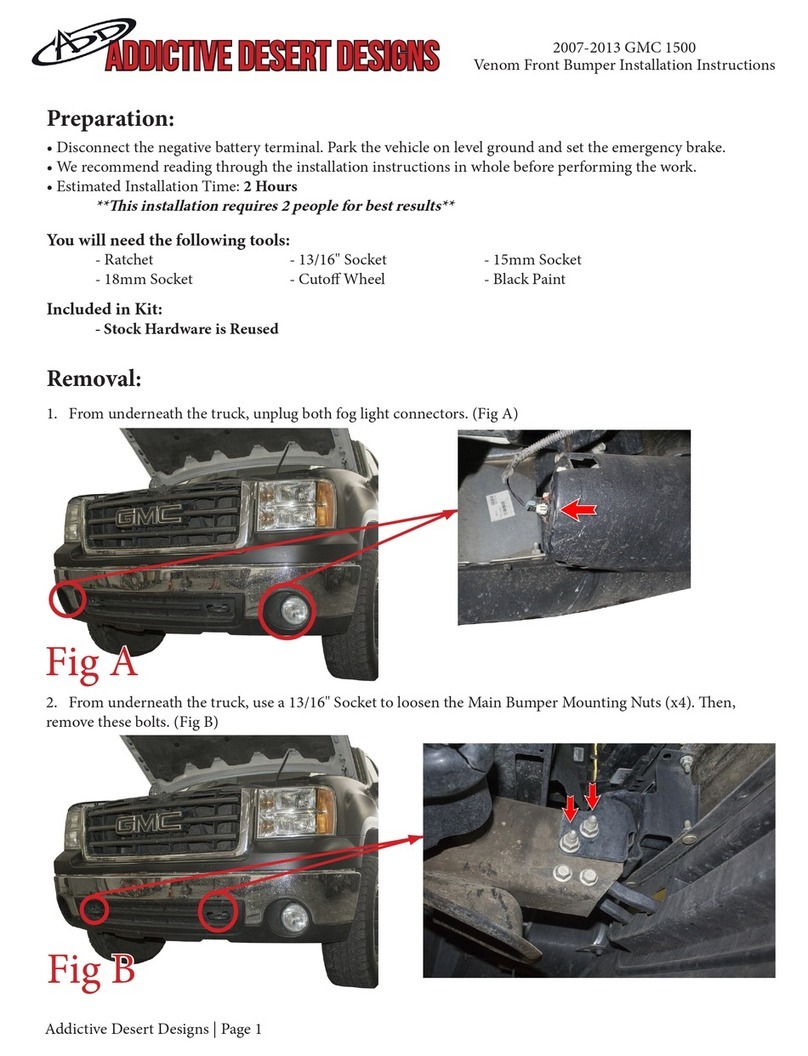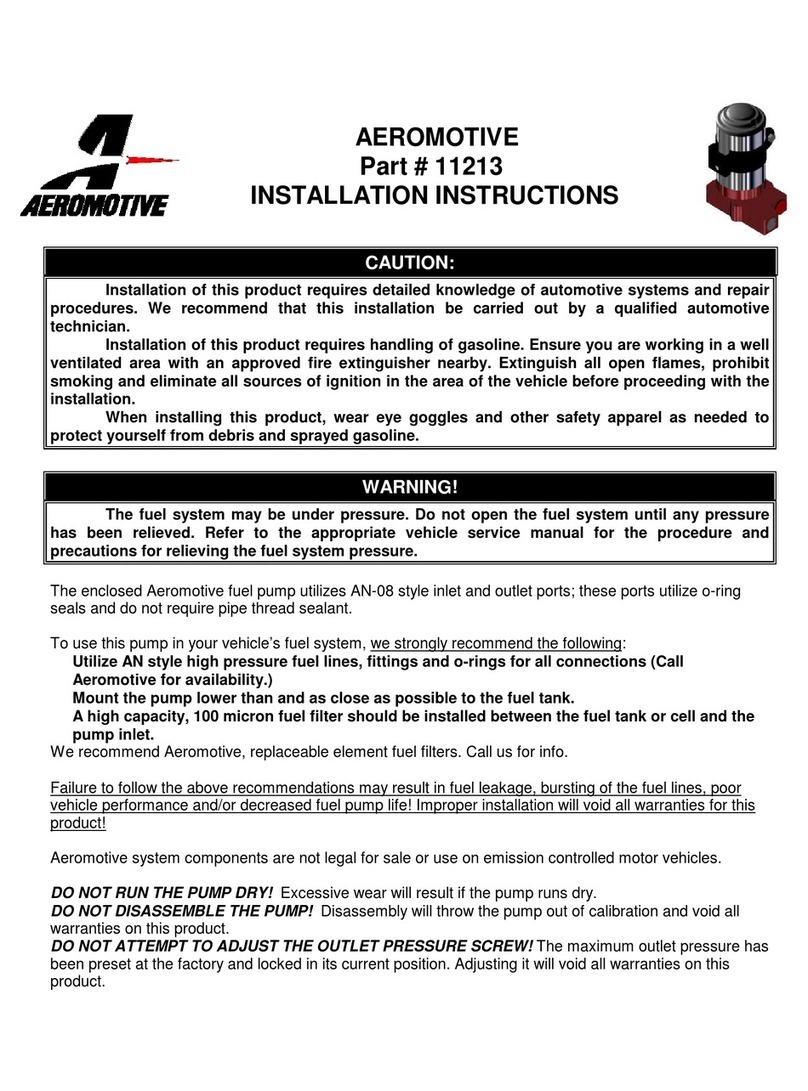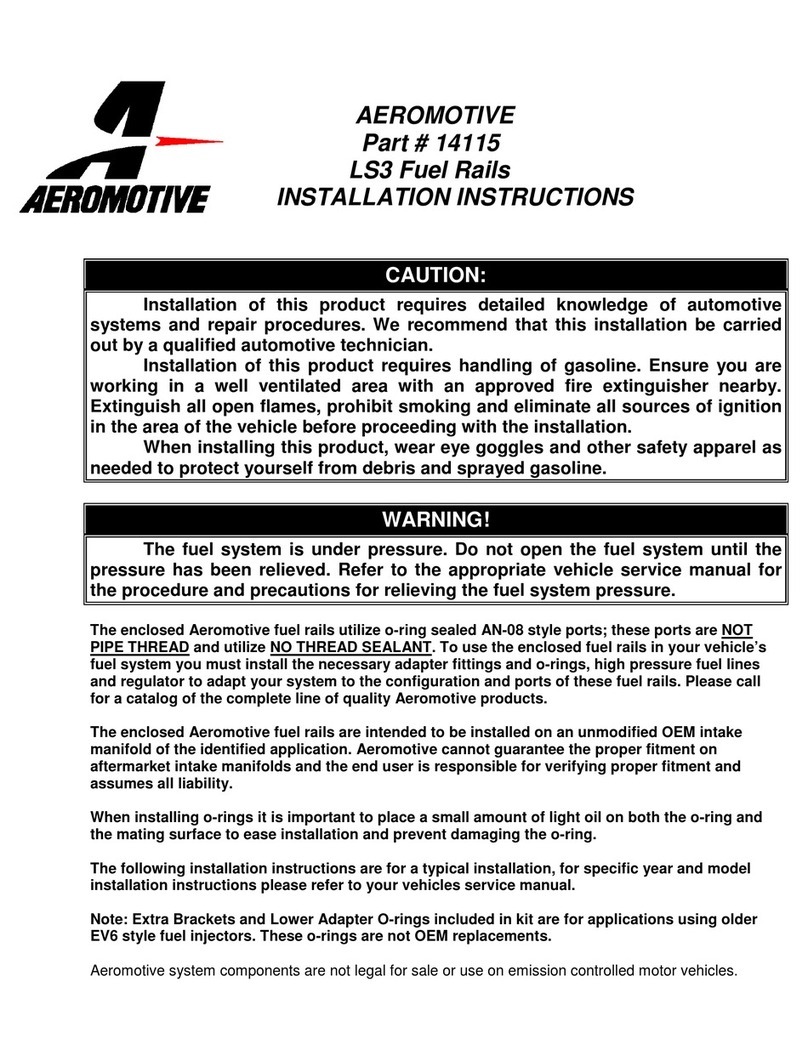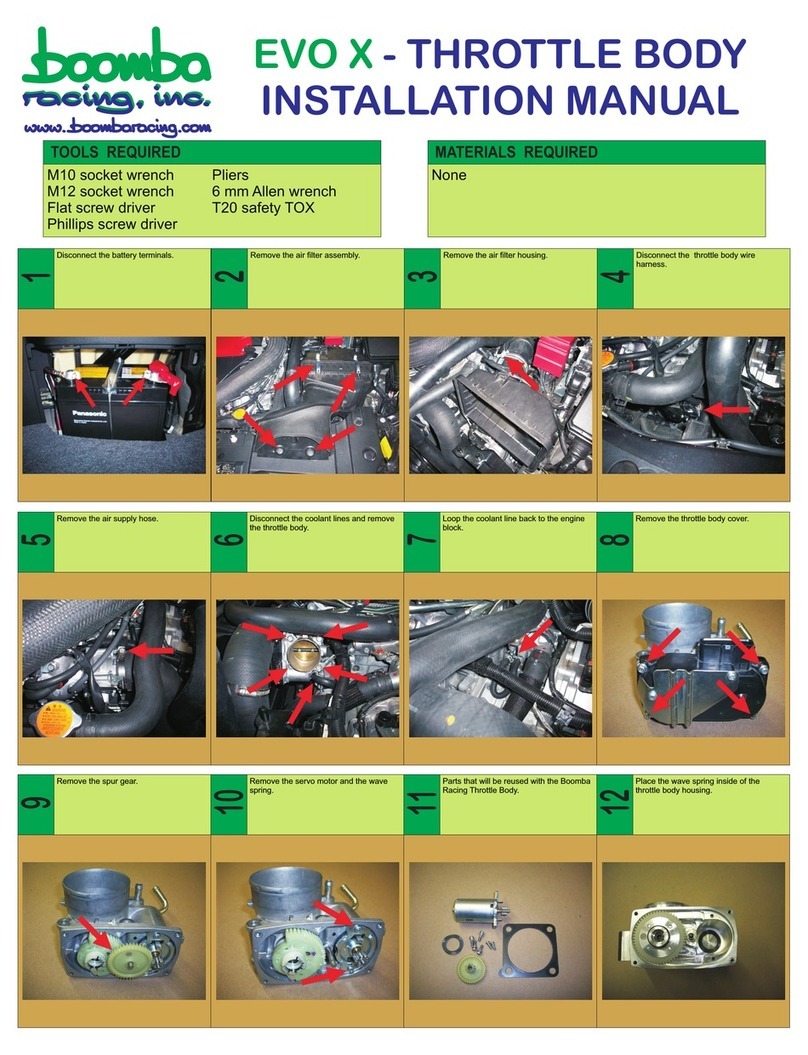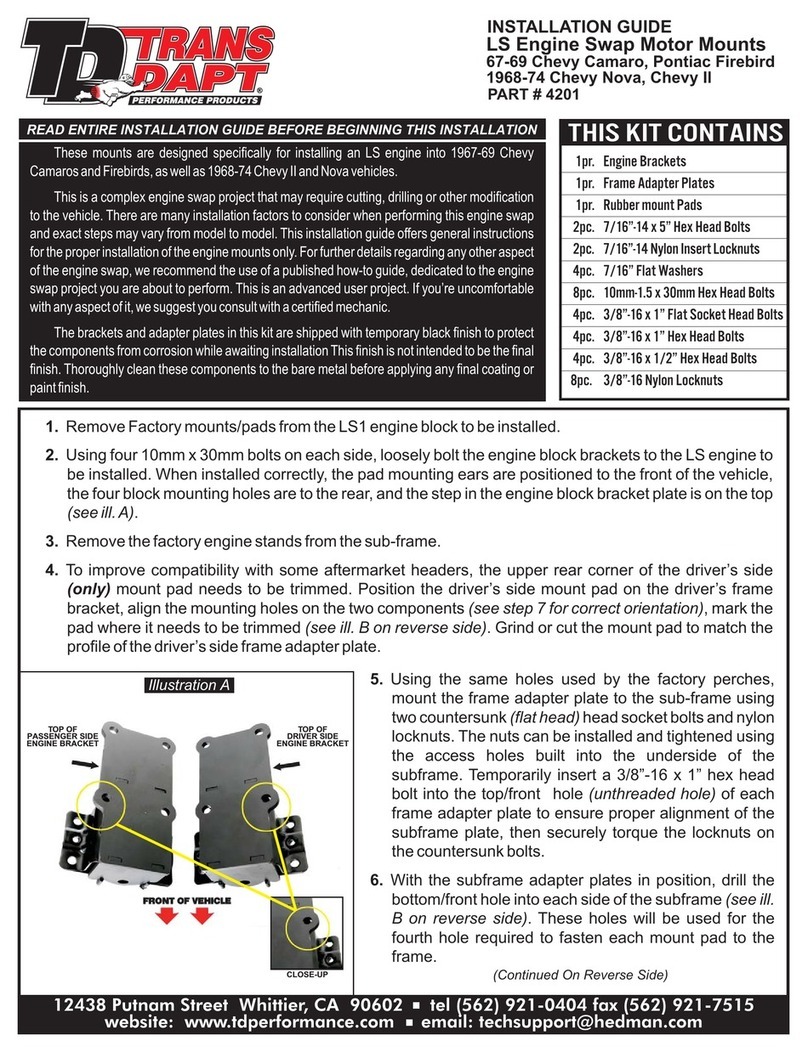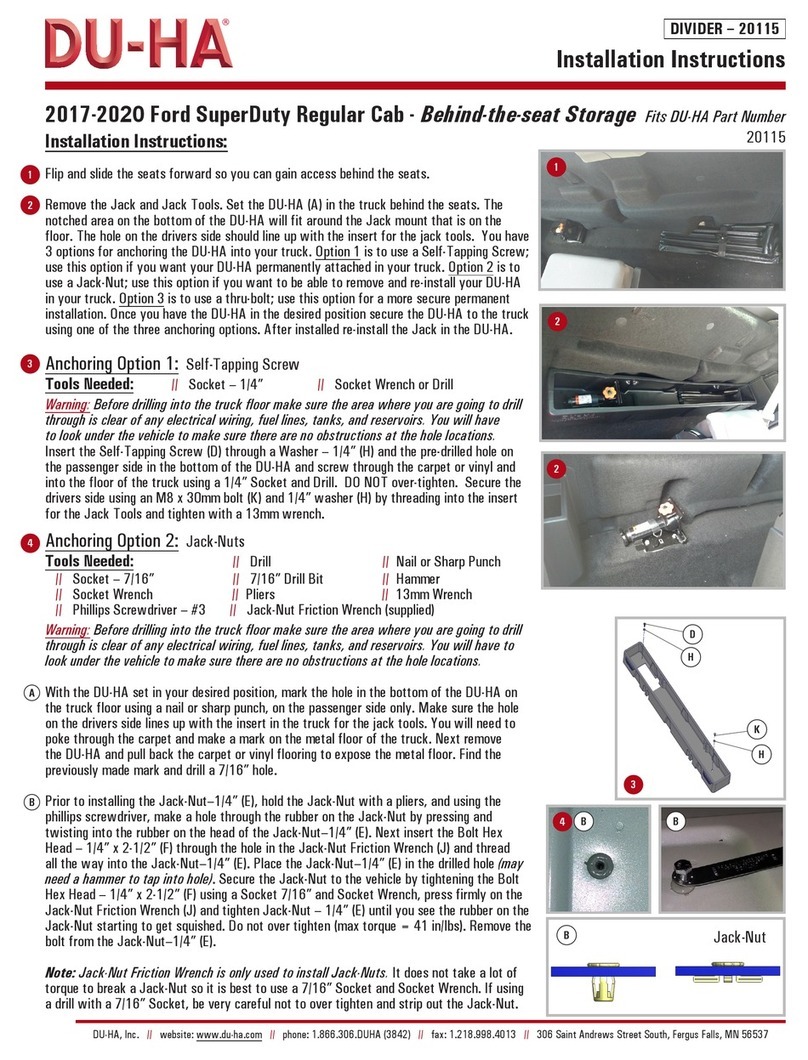
WARNING:
This product can expose you to chemicals,
including chromium, which is known to the State of California
to cause cancer or birth defects or other reproductive harm.
For more information, visit: www.p65Warnings.ca.gov
Aeromotive, Inc. 7805 Barton Street, Lenexa, KS 66214 Phone: (913) 647-7300 Fax: (913) 647-7207
AEROMOTIVE, INC. LIMITED WARRANTY
This Aeromotive Product, with proof of purchase dated on or after January 1, 2003, is warranted to
be free from defects in materials and workmanship for a period of one year from the original date of
purchase. No warranty claim will be valid without authentic, dated proof of purchase.
This warranty is to the original retail purchaser and none other and is available directly from
Aeromotive and not through any point of distribution or purchase.
If a defect is suspected, the retail purchaser must contact Aeromotive directly to discuss the problem,
possible solutions and obtain a Return Goods Authorization (RGA), if deemed necessary by the
company. Please call 913-647-7300 and dial option 3 for the technical service dept. All returns must
be shipped freight pre-paid to the company and with valid RGA before they will be processed.
Aeromotive will examine any product returned with the proper authorization to determine if the failure
resulted from a defect or from abuse, improper installation, misapplication or alteration. Aeromotive
will then, at it’s sole discretion, return, repair or replace the product.
If any Aeromotive product is determined defective, buyer’s exclusive remedy is limited in value to the
sale price of the good. In no event shall Aeromotive be liable for incidental or consequential
damages.
Aeromotive expressly retains the right to make changes and improvements in any product it
manufactures and sells at any time. These changes and improvements may be made without notice
at any time and without any obligation to change the catalogs or printed materials.
Aeromotive expressly retains the right to discontinue at any time and without notice any Aeromotive
product that it manufactures or sells.
This warranty is limited and expressly limits any implied warranty to one year from the date of the
original retail purchase on all Aeromotive products.
No person, party or corporate entity other than Aeromotive shall have the right to: determine whether
or not this Limited Warranty is applicable to any Aeromotive product, authorize any action
whatsoever under the terms and conditions of this Limited Warranty, assume any obligation or
liability of any nature whatsoever on behalf of Aeromotive under the terms and conditions of this
Limited Warranty.
This Limited Warranty covers only the product itself and not the cost of installation or removal.
This Limited Warranty is in lieu of and expressly excludes any and all other warranties, expressed or
implied. This Limited Warranty gives you specific legal rights, and you may also have other rights
which vary from state to state.

